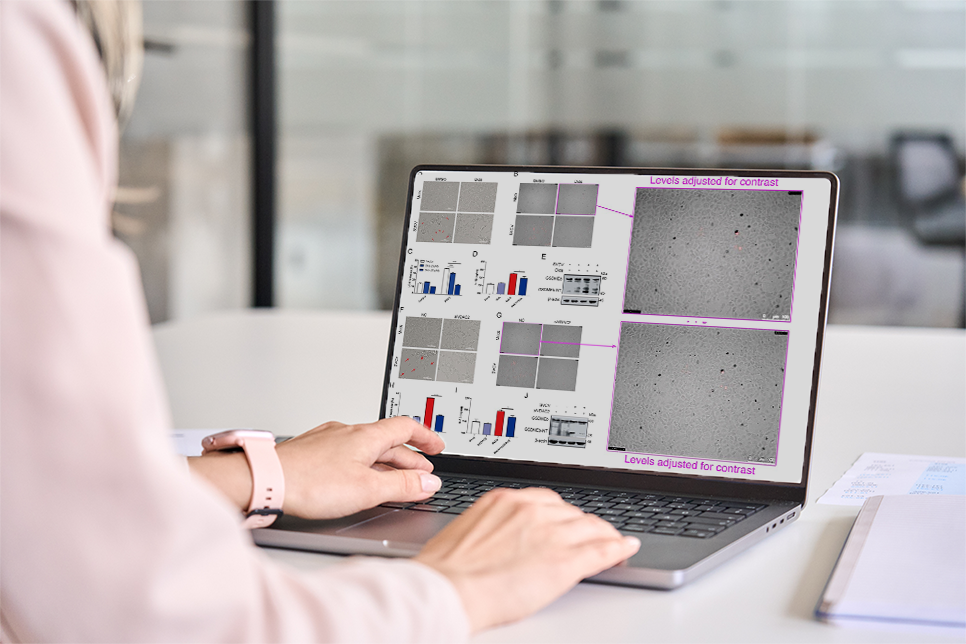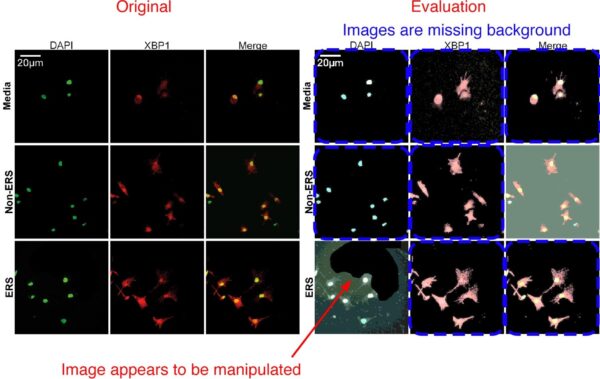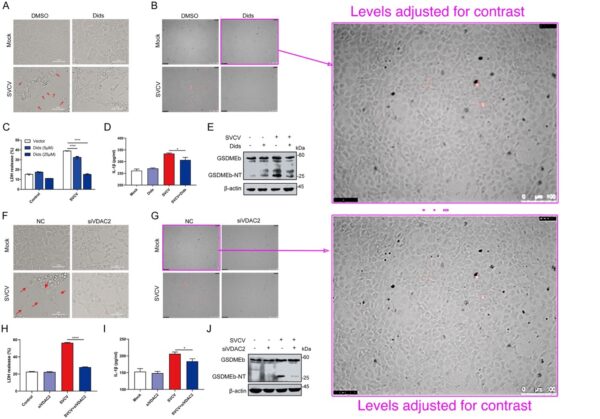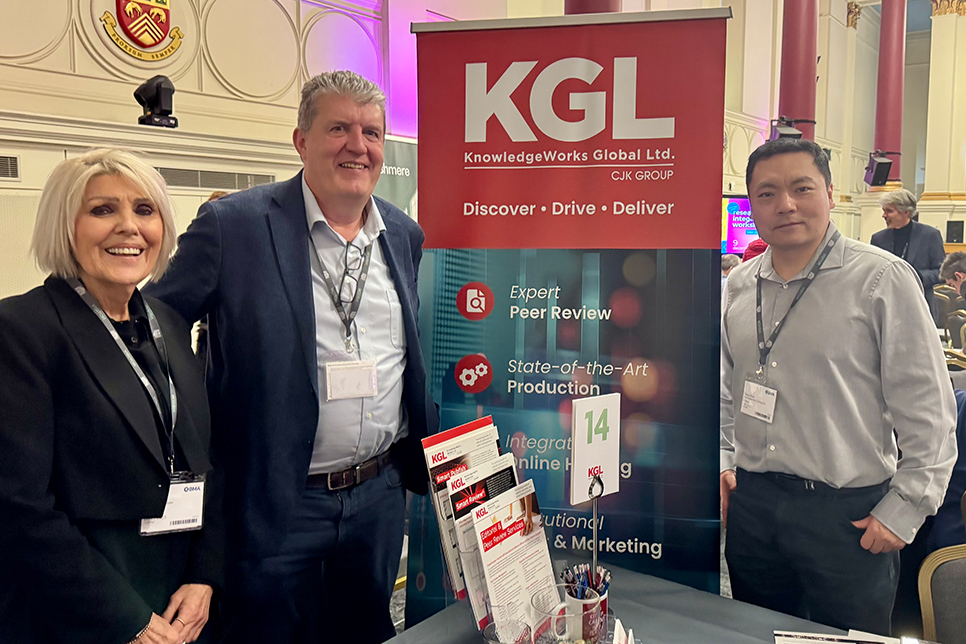by Mike Groth, Director of Marketing, KGL
Today’s Q&A is with Tim Walsh, Senior Technical Support Specialist at KGL. Having been with the company since 1997, Tim trains and support KGL’s image forensics (IF) production teams in India. In addition to support, training, and research of our IF service, he provides advanced analysis image forensic reports when a publisher is looking for corroboration or deeper understanding of an image integrity query. I sat down with Tim recently to discuss detecting image manipulation, how AI can be both a blessing and a curse, and the implications for authors and publishers of ensuring image integrity.
MG: How long has KGL been providing an image forensics service for journal publishers?
TW: KGL has been providing image forensics since around 2006.
MG: Roughly how many images (or how many journals, or how many publishers) do you check each year?
TW: On average around 2000 manuscripts per year are submitted for image forensics, with about 4300 figures containing candidate images.
MG: What would you say are the main contributing factors to image manipulation in submitted manuscripts?
TW: Figure handling errors. The majority of our warnings are the result of contrast adjustment errors or reusing an image multiple times in in a paper by accident.
MG: What are the consequences for authors or publishers for allowing manipulated images to make it into the version of record?
TW: Paper retraction may negatively impact an author’s reputation and may also result in a loss of credibility for a publisher.
MG: How much of the image checks are manual (performed by humans) vs. AI-automated?
TW: All our scans are checked with both AI and our trained operators. AI is very good at detecting duplications and reuse of images; however, our teams are better at detecting potential manipulations or areas of concern that may require editorial attention. Overall, AI is a very useful tool for helping our operators find potential integrity concerns, but KGL reviews the AI findings independently before considering including them in our image analysis reports.
MG: What third-party resources do you use to compare against previously published images?
TW: We use ImageTwin, and they compare scanned images against their database of both life science and public access papers. They also have private agreements with some publishers. As of July, their database exceeds 100 million images.
MG: What are the most common signs of image fraud or manipulation that your team uncovers?
TW: Missing or filled in backgrounds are the most common integrity concern we encounter. Authors sometimes adjust the contrast on an image to improve the detail in a figure, but in the process blow out or fill in the background surrounding the areas of interest. When a background of an image contains equal values of all colors, or as 100% of a single color (e.g., 100% black), it can indicate that the background has been artificially created. Filling in a background with a solid color is often effective at disguising changes made with various Photoshop tools.
MG: Are you able to flag completely fabricated AI-generated images?
TW: Yes, with ImageTwin’s newly released AI-generated image detection. If the AI has a high-confidence warning that the image was generated with AI software, we include the warning in our report.
MG: Can you provide any standout examples of manipulated images KGL has flagged?
TW: See figures below.
MG: How does the team keep up with constantly evolving technologies for image manipulation?
TW: Research and collaboration. KGL is always looking for new methods, tools and ideas that aid in our Image Forensic service. We are currently reviewing several new AI tools that are at the forefront of image integrity in STM publishing.
MG: What is next in the field of image forensics and KGL’s service for ensuring research integrity?
TW: Pre-acceptance screening. KGL will be providing our image scanning for customers prior to peer review. This service is envisioned as an author education tool ensuring that authors are meeting best image integrity handling practices. Currently, KGL has been providing our image forensic service as part of our copyediting and composition services. Screening prior to peer-review may reduce the burden on reviewers and shorten turn-around times for accepted manuscripts at the composition stage.
A side-by-side comparison of a supplied figure and the evaluation of the figure. Most of the images have the background appearing as a solid black background. Only two images are showing background noise, and one of these is showing an area that was potentially selected and removed. The images with the solid background may also be hiding similar potential manipulations.
The panel outlined in part B appears to be lower in resolution, but shares many similar features to a panel in part G.
KnowledgeWorks Global Ltd. (KGL) is the industry leader in editorial, production, online hosting, and transformative services for every stage of the content lifecycle. We are your source for society services, research integrity, intelligent automation, digital delivery, and more. Email us at info@kwglobal.com.







